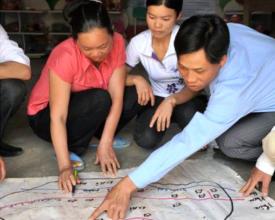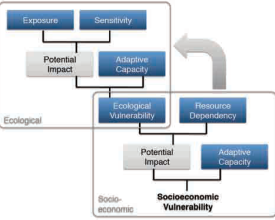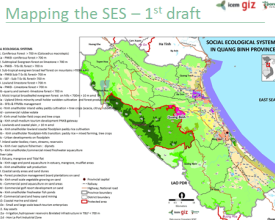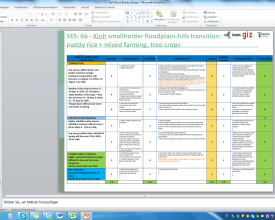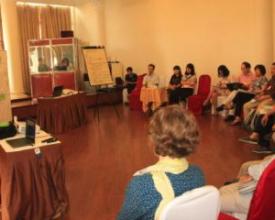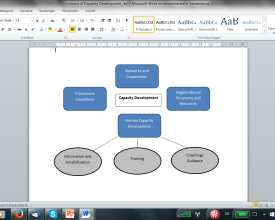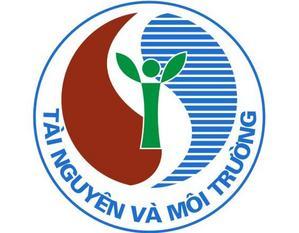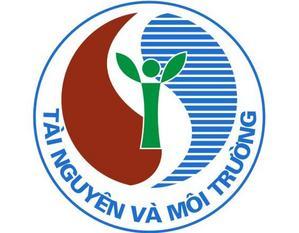
Strategic mainstreaming of Ecosystem-based Adaptation (EbA) into planning frameworks in Ha Tinh and Quang Binh Province

The solution supports Vietnamese government’s efforts to anchor EbA solutions systemically into land use planning law as well as mainstreaming into climate change regional action plans at provincial level in Ha Tinh and Quang Binh. This helps raising awareness on EbA approaches. Many project partners have shown interest and commitments in integrating EbA solutions into current policy elaborating processes and daily works based on vulnerability assessments and capacity development measures.
Context
Challenges addressed
High population density in lowland river delta and coastal areas. -Long coastline exposed to cyclones. -Sea level rise of 20cm over the past fifty years and projection of 100cm by 2100. Increased frequency and severity of typhoons and other severe storms, with associated storm surges, salt water intrusion, flooding, landslides and damage to coastal infrastructure. -Government’s focus is mainly on hard adaptation measures, e.g. dykes for flood prevention and coastal protection which are needed but generate threats of damaging ecosystems. –Limited knowledge and capacities of governmental leaders, staff and communities on sustainability and benefits of EbA approach and measures. It is also necessary to mainstream EbA into development planning as well as decision making process.
Location
Process
Summary of the process
The results of the vulnerability assessments (BB1) are a precondition for knowing the most vulnerable regions and sectors. Together with the implementation of training and capacity development measures (BB2) it is the foundation for systematically integrating EbA into the Strategic Environmental Assessment (BB3), provincial climate response planning (BB4) and finally draft planning bill (BB5)
Building Blocks
Vulnerability Assessments for Socio-ecological Systems
Enabling factors
Lesson learned
EbA Capacity Development Strategy and Trainings
Enabling factors
Lesson learned
Integrating EbA into the Strategic Environmental Assessment (SEA) process for the revision of the National Land-use Plan for 2016 – 2020
Enabling factors
Lesson learned
Integrating EbA into Provincial Climate Change Response Plans
Enabling factors
Lesson learned
Integrating Climate Change (CC) and Ecosystem Services (ES) into the draft Planning Bill
Enabling factors
Lesson learned
Impacts
Social: Based on a series of orientation workshops, meetings and trainings, EbA has been integrated into provincial planning process and helped to promote EbA issues into different discussions and sector plans. The capacity building work has provided basic knowledge on climate change and (ecosystem-based) adaptation and ensured their sustained integration into provincial planning processes. Training courses have been conducted to enhance knowledge as well as a methodology on integrating EbA approach into development planning for partners’ staff at both levels and a number of training service providers so that they are able to design and provide relevant EbA trainings for relevant stakeholders. Adaptation: The understanding of local authorities and communities on climate change impacts, risks and seeking for appropriate measures was raised. A vulnerability assessment study conducted provided an overall picture on available ecosystems and ecosystem-services in the province and impacts by climate change to the available ecosystems and as well as adaptive capacity of different stakeholders in the provinces. The results of the VA studies provided useful and important data and information to provincial departments, leaders and policy maker to define and implement EbA pilot measures in 2 provinces incl. planting of coastal forests, mangroves and rehabilitation of natural resrevoirs.
Beneficiaries
Policy makers of Ministry of Natural Resources and Environment, Ministry of Planning and Investment, Ministry of Agriculture and Rural development. Local vulnerable communities, research institutes/ universities, women’s unions, farmers associations
